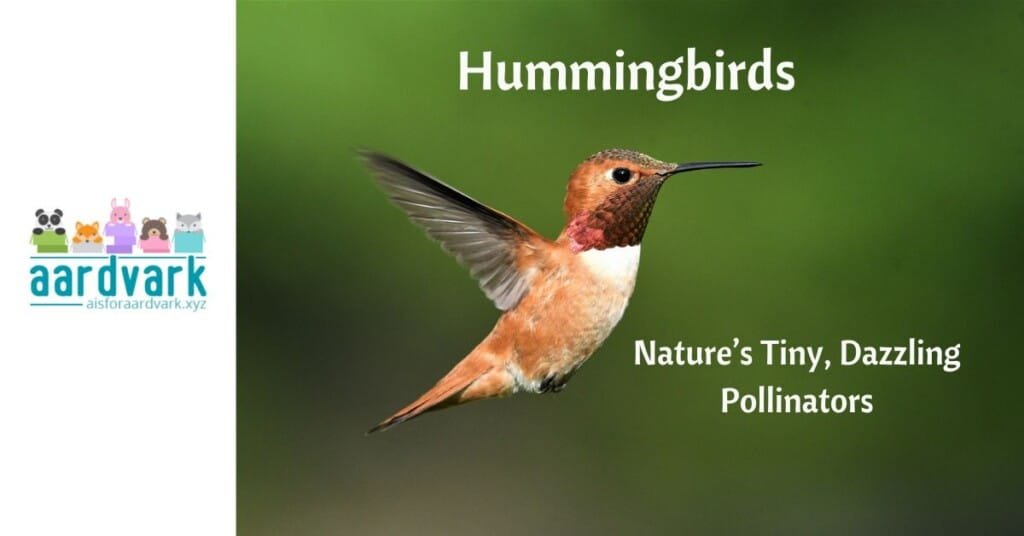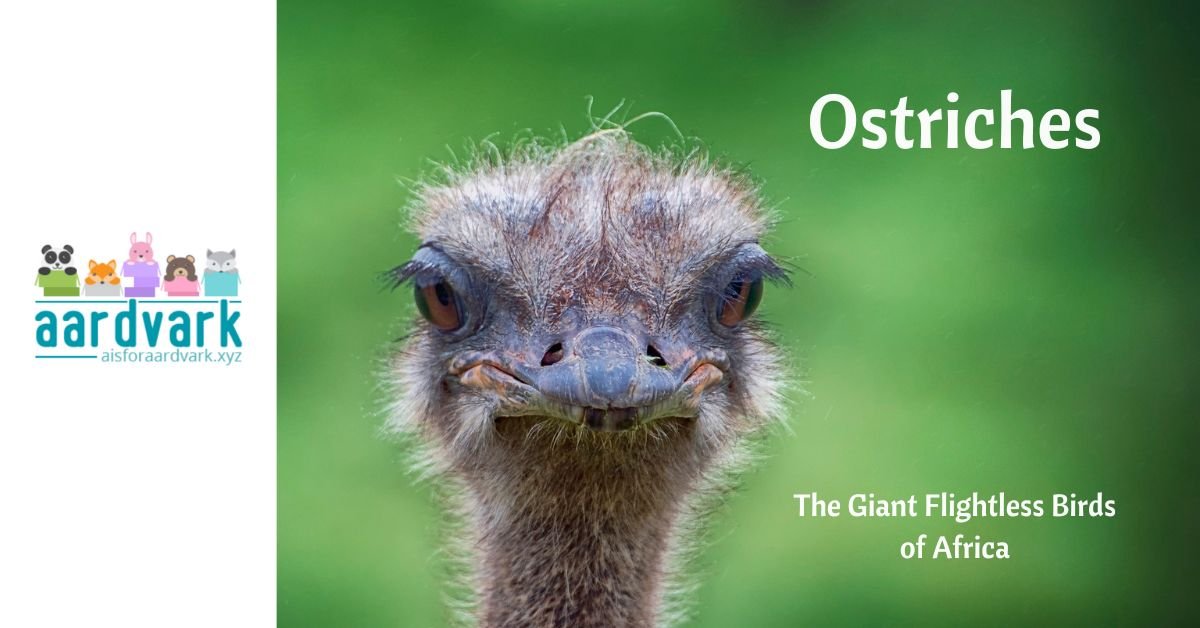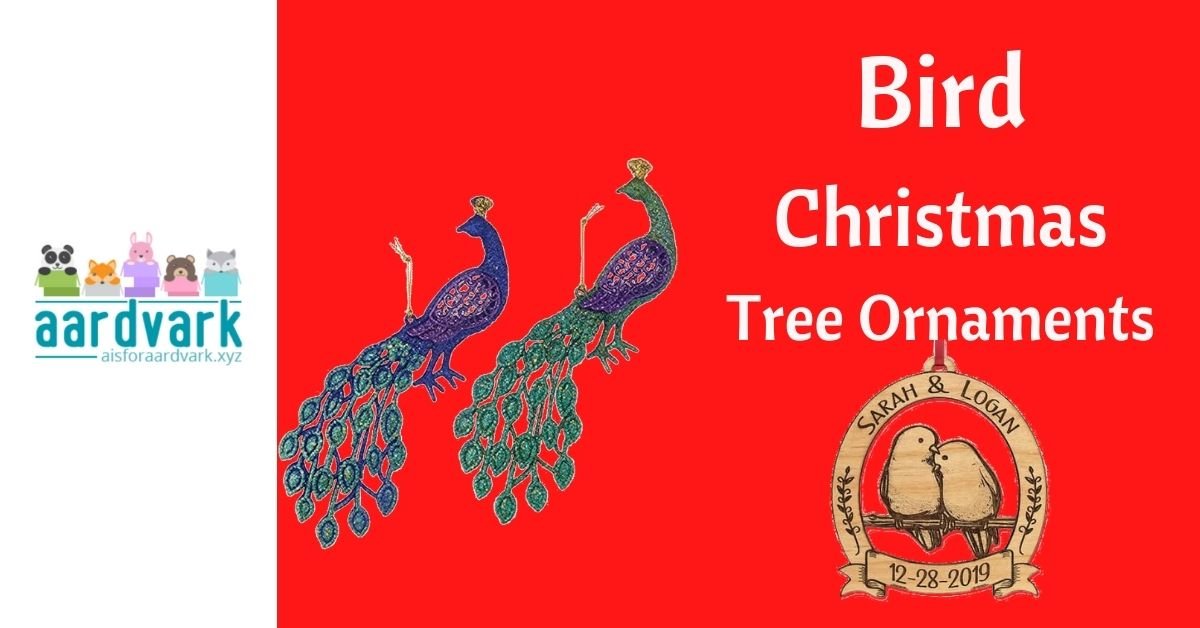Hummingbirds are among the most fascinating birds in the Americas. Characterized by their vibrant colors, rapid wingbeats, and ability to hover in place, these tiny birds capture people’s attention worldwide. Their wings can beat up to 80 times per second, allowing them amazing agility and the ability to hover in place and even fly backward! But beyond all that, they also play an essential role in pollination, helping keep many ecosystems in bloom.
Their Place in the Animal Kingdom
Hummingbirds belong to the family Trochilidae, with over 300 species spread across the Americas. Some of the most well-known species include the ruby-throated hummingbird, found primarily in the eastern United States, and Anna’s hummingbird, common along the West Coast.
Each species has distinct characteristics, from the gorget (throat feathers) color to size and preferred habitats. This diverse family showcases vibrant colors, which come from microscopic platelets in their feathers that reflect light, giving these birds their brilliant, iridescent appearance.
Physical Characteristics of Hummingbirds
Hummingbirds are renowned for their small size, typically weighing between 2 and 20 grams, depending on the species. Think about that – 2 grams is about the weight of a paperclip, and 20 grams is how much a AA battery weighs! That’s how tiny these birds are.
Their compact bodies are complemented by long, slender bills designed for feeding on nectar within flowers. They also have specialized tongues that extend far beyond their beaks. The combination of beak and tongue lets them extract nectar efficiently from deep within flowers.
They can hover and fly in such amazing patterns because of a unique shoulder joint with unusual flexibility. Hummingbirds have a distinctive wing structure with flexible shoulder joints that enable them to rotate their wings in a figure-eight pattern, letting them hover with precision and control. These unique adaptations are essential for their energy-intensive lifestyle.
Habitat and Distribution
Hummingbirds are native to the Americas. Their habitats span a wide range of environments, from tropical rainforests and mountainous regions to arid deserts and suburban gardens.
The largest diversity of hummingbird species is found in South and Central America, particularly in the Andes Mountains. There, certain species have evolved specialized traits for life at high altitudes.
In North America, hummingbirds are commonly seen in gardens, meadows, and woodlands, attracted by flowering plants and feeders. While most species prefer warmer climates, some, like the ruby-throated hummingbird, undertake extensive migrations, traveling thousands of miles from North America to Central America each year.
Diet and Feeding Habits
Of course, with all their movement, hummingbirds require large amounts of food relative to their body weight. They primarily feed on nectar from flowers. Their long, tube-like tongues extract it from deep within the blooms. The tongues are unique. They have forked tips and specialized grooves that trap nectar!
In addition to nectar, hummingbirds consume small insects and spiders for protein. They can catch them in mid-air or pluck them from plants.
Given their fast metabolism, hummingbirds have to feed almost continuously throughout the day. They often visit hundreds of flowers and feeders to meet their energy needs.
Reproduction and Lifecycle
Hummingbirds exhibit fascinating reproductive behaviors. Males show off in mating displays that highlight their agility and vibrant coloring. Male hummingbirds perform elaborate courtship displays during mating season, including rapid dives, loops, and vocalizations, to attract females.
After mating, females take on the responsibility of building nests. They’re tiny but carefully crafted. Soft plant materials, spider silk, and lichens are their primary construction materials; they are chosen to blend with the surroundings.
Females typically lay two pea-sized eggs, which they incubate alone for around two weeks. Once hatched, the chicks are cared for exclusively by the mother and fledge approximately 3-4 weeks after hatching.
Behavior and Migration
Hummingbirds are highly territorial, often engaging in aerial chases to defend their feeding grounds from other birds. Their ability to hover and maneuver mid-flight gives them an advantage in defending valuable food sources, like nectar-rich flowers and feeders.
Many North American species, such as the ruby-throated hummingbird, undertake impressive migratory journeys, traveling over 2,000 miles between their breeding grounds in North America and wintering sites in Central America. These migrations require immense stamina and preparation. After all, the hummingbirds must accumulate enough fat reserves to fuel their journeys. They often need to fly nonstop over stretches like the Gulf of Mexico!
Hummingbirds in Culture
Hummingbirds are symbolic in many cultures, representing qualities like resilience, beauty, and joy. In Native American folklore, hummingbirds are viewed as symbols of love and harmony, celebrated for their tenacity and energetic spirit.
In Mesoamerican cultures, hummingbirds were often seen as messengers between the earthly and spiritual realms, revered for their brilliant appearance and swift movements.
Today, hummingbirds inspire artists, writers, and nature enthusiasts, symbolizing vibrancy and endurance.
Conservation and Environmental Impact
Hummingbirds may be tiny, but they play significant roles in the environment. As they spread pollen from plant to plant, they support the reproduction of many flowering species. This process is crucial for maintaining biodiversity. This is especially true where plants have co-evolved to rely on hummingbirds for pollination.
However, habitat loss due to deforestation, urban development, and climate change threatens many hummingbird populations. The effect is felt where they spend some of their time, but it also disrupts their migratory routes and reduces the availability of natural food sources.
Conservation efforts to protect hummingbirds include creating and preserving natural habitats, supporting migratory pathways, and increasing public awareness. Gardeners and bird enthusiasts can help by planting native flowers that attract hummingbirds.
It also helps to offer clean feeders filled with sugar water to supplement their nectar diet, especially during migration. Conservation organizations also monitor hummingbird populations and protect critical habitats, particularly in regions where hummingbird species are most at risk.
The beauty and agility of hummingbirds may be what first attracts us to them, but they are also vital contributors to their ecosystems. Their hovering flight and rapid metabolism are truly unique. Their specialized feeding behaviors make them indispensable as pollinators. Protecting these small but impactful birds is essential for preserving biodiversity and ensuring the continuation of the ecological roles they fulfill. By supporting conservation efforts, we contribute to the thriving existence of these incredible creatures for future generations!







